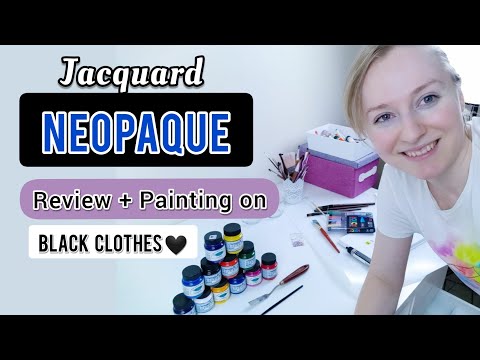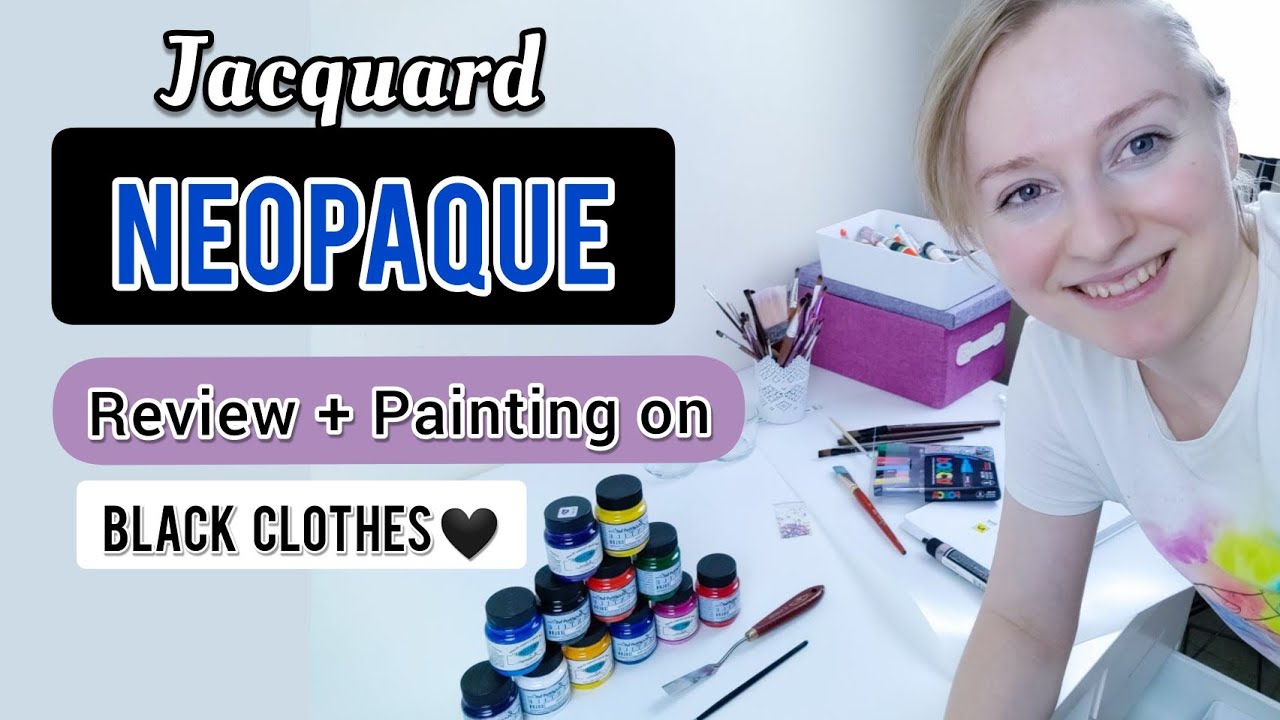Opaque fabric is the epitome of elegance and sophistication, captivating the senses with its luxurious appeal. This exquisite textile possesses a unique allure, offering a sense of mystery and allure that is simply irresistible. Its soft and smooth texture delicately caresses the skin, creating a sensation of pure indulgence. Whether it is used in clothing, drapery, or upholstery, this fabric exudes a timeless charm that never fails to leave a lasting impression.
What sets this opaque fabric apart is its remarkable ability to conceal, granting an air of mystique to any garment or interior setting. Its dense composition ensures that it remains impervious to the prying eyes of the world, bestowing a sense of privacy and confidence upon those who embrace it. This fabric acts as a shield, elegantly guarding your most treasured possessions from unwanted scrutiny.
Furthermore, the opaqueness of this fabric allows for endless creative possibilities. A blank canvas for designers and artists alike, it provides a solid foundation for intricate patterns and bold colors to truly shine. Its versatility knows no bounds, effortlessly adapting to any style or aesthetic, from classic to contemporary, and everything in between.
Indulge in the allure of opaque fabric and experience a world where beauty and secrecy intertwine. Revel in the sheer opulence and luxuriousness it brings to any space or ensemble. Allow yourself to be captivated and enchanted by its irresistible charm, and let it become an integral part of your own personal style.

Opaque Fabric – 2023 Trending
| Material | Advantages | Applications |
|---|---|---|
| Blackout Curtains | Blocks out sunlight, provides privacy, reduces energy consumption | Residential and commercial spaces, hotels, theaters |
| Privacy Window Films | Blocks unwanted views, enhances privacy, reduces glare | Residential and office windows, shower enclosures, glass partitions |
| Opaque Upholstery Fabrics | Offers durability, stain resistance, and easy maintenance | Furniture upholstery, automotive interiors, hospitality industry |
| Blackout Blinds | Blocks out light, provides thermal insulation, reduces noise | Residential and commercial spaces, bedrooms, conference rooms |
Opaque fabrics have been identified as one of the prominent trends in the textile industry for the year 2023. These fabrics are highly sought after for their ability to obstruct light and maintain privacy, making them ideal for various applications in both residential and commercial settings.
Blackout curtains, a popular type of opaque fabric, are designed to prevent sunlight from entering a room, ensuring complete darkness even during daylight hours. This quality makes them highly desirable for bedrooms, hotels, theaters, and any space where light control is crucial. Additionally, blackout curtains offer enhanced privacy and contribute to energy efficiency by reducing heat gain or loss through windows.
Privacy window films, another form of opaque fabric, are adhesive films that can be applied to glass surfaces. They provide an effective solution for blocking unwanted views, enhancing privacy, and reducing glare. Privacy window films find applications in residential and office windows, shower enclosures, glass partitions, and other areas where privacy is a priority without compromising natural light transmission.
Opaque upholstery fabrics are gaining popularity due to their durability, stain resistance, and ease of maintenance. These fabrics are commonly used in furniture upholstery, automotive interiors, and the hospitality industry, where high traffic and frequent use require materials that can withstand wear and tear while maintaining an elegant appearance.
Blackout blinds, similar to blackout curtains, provide an effective solution for light control and privacy. They are commonly used in residential and commercial spaces, such as bedrooms and conference rooms, where privacy, darkness, and noise reduction are essential.
With the increasing demand for light control, privacy, and energy efficiency, opaque fabrics are expected to be a prominent trend in the textile industry for 2023. Whether it is through blackout curtains, privacy window films, opaque upholstery fabrics, or blackout blinds, these fabrics offer functional and stylish solutions for various applications.
Jacquard NEOPAQUE vs SETACOLOR Opaque: Does it Stiffen Dark Textiles?
What is Opaque Fabric?
Opaque fabric refers to a type of textile that is thick or dense enough to prevent light from passing through. It is commonly used in various applications where privacy, light control, or full coverage is desired. Opaque fabrics are often preferred for curtains, window blinds, clothing, and other similar purposes.
The Advantages of Opaque Fabric
1. Privacy: One of the primary advantages of opaque fabric is the level of privacy it provides. By blocking light from passing through, it prevents outsiders from seeing through the material. This makes it an excellent choice for window coverings in bedrooms, bathrooms, and other areas where privacy is crucial.
2. Light Control: Opaque fabrics are highly effective at controlling the amount of light entering a space. They can completely block out sunlight, making them ideal for rooms that require complete darkness, such as home theater rooms or bedrooms of night-shift workers. Additionally, they can help reduce glare on computer screens or televisions, creating a more comfortable environment.
3. Energy Efficiency: Opaque fabrics also offer energy-saving benefits. By preventing sunlight from entering a room, they can help reduce heat gain in the summer, reducing the need for air conditioning. Likewise, during the colder months, they can help retain heat, leading to lower heating costs. This energy efficiency can contribute to a more sustainable and cost-effective living or working space.
Types of Opaque Fabric
1. Blackout Fabric: Blackout fabric is a popular choice for curtains and blinds. It is specifically designed to completely block out light and provide maximum privacy. The fabric is usually made of tightly woven fibers or has an additional layer of foam or rubber coating to enhance its light-blocking properties.
2. Heavyweight Fabrics: Many heavyweight fabrics, such as velvet, suede, or thick cotton, can also be considered opaque. These fabrics have a dense weave or texture that prevents light from passing through. They are commonly used for upholstery, curtains, or clothing items that require a substantial amount of coverage.
3. Sheer Fabrics: While sheer fabrics are known for their transparency, there are also opaque versions available. These fabrics have a higher thread count or are made from thicker fibers, giving them a denser appearance. Opaque sheer fabrics are often used for clothing items that require both coverage and a touch of elegance.
Common Applications of Opaque Fabric
1. Window Coverings: Opaque fabrics, particularly blackout fabrics, are widely used for curtains, blinds, and shades. They provide privacy, light control, and insulation benefits, making them an ideal choice for both residential and commercial spaces.
2. Clothing: Opaque fabrics are commonly used in clothing items that require full coverage, such as pants, skirts, and dresses. They offer a modest and sophisticated look, while also providing protection against UV rays.
3. Upholstery: Many opaque fabrics, including heavyweights like velvet or suede, are popular choices for upholstery. They can add a luxurious touch to furniture while ensuring durability and longevity.
Care and Maintenance
Proper care and maintenance are important to keep opaque fabrics in excellent condition:
1. Washing: Always follow the manufacturer’s instructions for washing. Some opaque fabrics may require special care, such as dry cleaning or hand washing. Avoid using bleach or harsh detergents that can damage the fabric’s appearance or texture.
2. Ironing: Use a low heat setting when ironing opaque fabrics to avoid scorching or damaging the material. It is advisable to iron the fabric on the reverse side or use a pressing cloth to protect delicate fabrics.
3. Storage: When storing opaque fabrics, ensure they are clean and completely dry to prevent mold or mildew growth. Avoid folding the fabric along creases for extended periods, as this can lead to permanent wrinkles. Instead, roll or hang the fabric to maintain its quality.
Conclusion
Opaque fabric offers numerous benefits, including privacy, light control, and energy efficiency. With various types and applications available, it is a versatile choice for curtains, clothing, and upholstery. By taking proper care of these fabrics, users can enjoy their functionality and aesthetic appeal for years to come.
Opaque Fabric
- Denim
- Velvet
- Leather
- Canvas
- Twill

